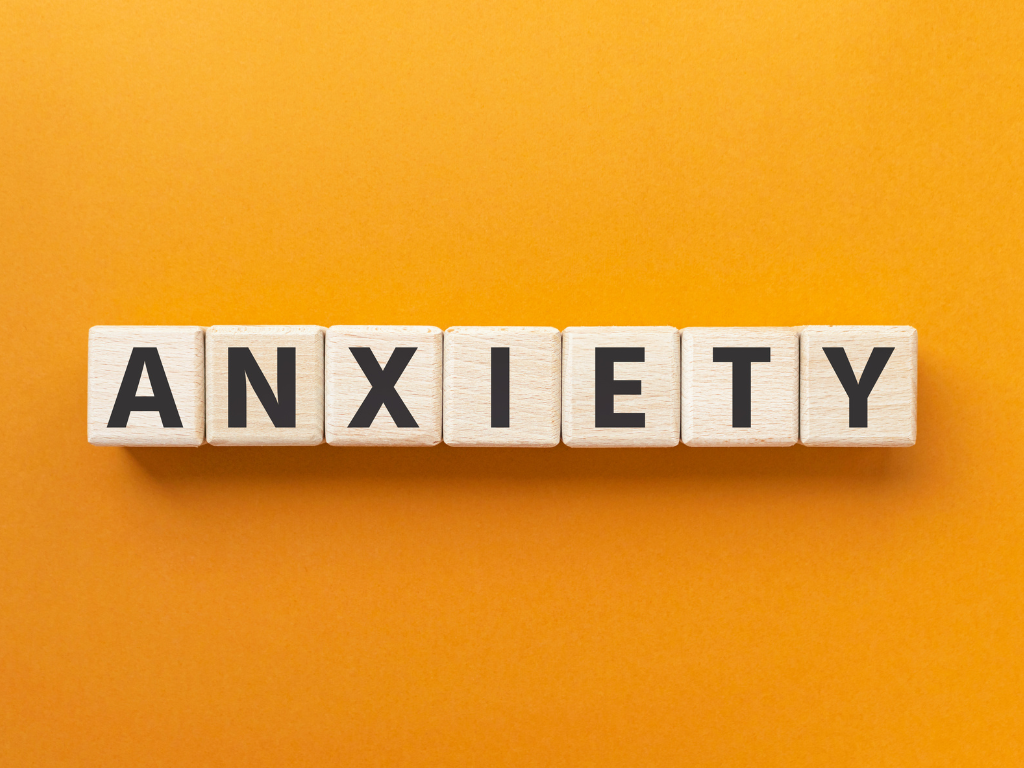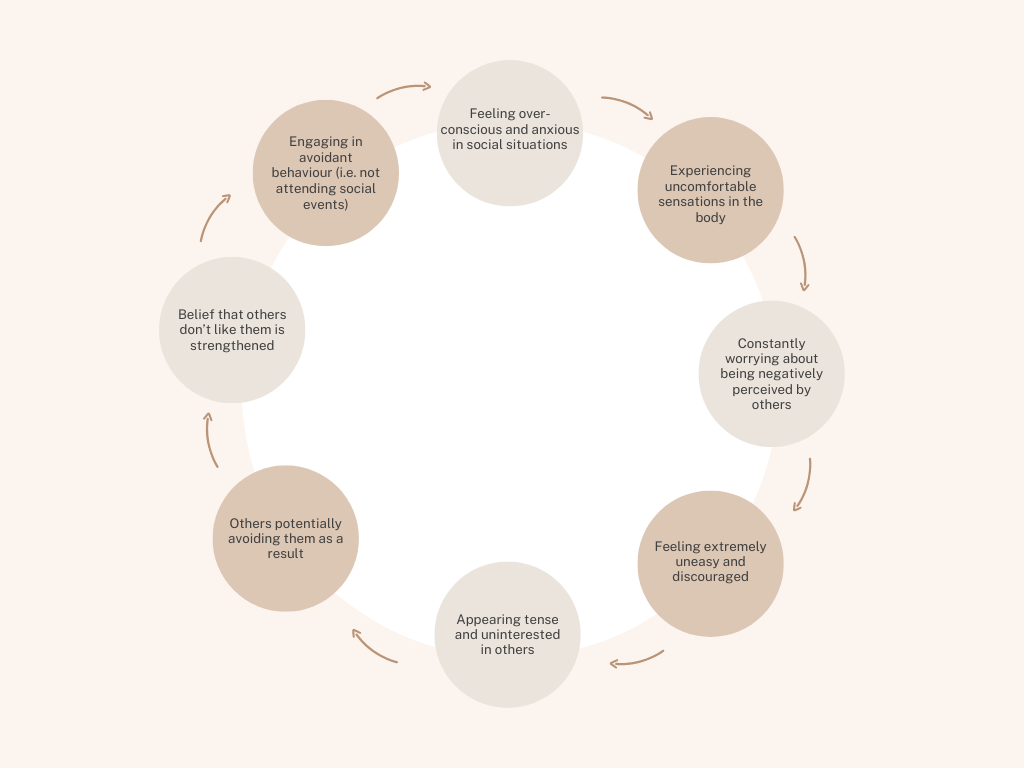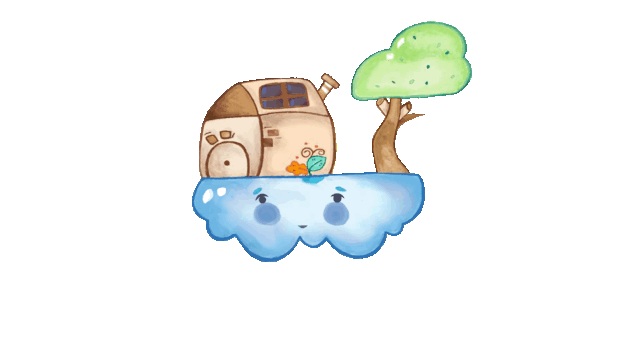
Do You Really Know What Anxiety Is?
By Sahar in collaboration with Dr Amelia and the Therapy House team in Brisbane
What is Anxiety?

It is widely believed that each emotion has a function and the function of anxiety would be to protect us by gearing us up against danger. When people feel ‘anxious’, they are experiencing one of the many emotions that we all experience as human beings.
Anxiety is a feeling associated with our ‘flight or fight’ response which puts us in ‘protection mode’. Anxiety can be accompanied by restlessness, tension, and vigilance and can feel quite uncomfortable. It is also a state of worry and apprehension.
Experiencing anxiety before a new, important, or daunting event such as an upcoming presentation, test, interview, or meeting a new person is normal. In fact, this is our brain’s way of preparing us for what is to come. Anxiety can also be thought as a milder version of fear – while fear is associated with real danger, anxiety tends to be more linked to ‘hypothetical or anticipatory danger’.
For example, while a classroom presentation may not be considered as an actual danger, it can be daunting and requires preparation. In this situation, our brain activates the feeling of anxiety to protect us against potential failure and thus pushes us harder to succeed.
While some levels of anxiety are functional and adaptive, experiencing higher levels of anxiety becomes dysfunctional and maladaptive.
While the human brain is wonderfully complex, it still hasn’t developed to an extent for it to tell apart real and perceived danger. As a result, the brain sends the same signals to the body of a person who is anxious about giving a presentation, as it would to a person about to be attacked by a grizzly bear. Regardless of the situation, the body would react as though it had to fight off the danger (no matter how big or small!).
One may wonder why anxiety, which is meant to protect us, can be challenging for many people and why they may seek psychological support for it.
When Anxiety Becomes a Problem
Just like many other things, too much anxiety is no longer helpful nor protective. In fact, when anxiety is experienced frequently and intensely, it can impair one’s ability to manage their daily life. People with excessive amounts of anxiety are believed to have an increased and more frequent anticipation of threat.
This means their brain constantly activates a fight-or-fight response. Usually, the person experiences this in their body by feeling tense, restless, tightness in the chest, sweating, discomfort in the gut, butterflies in tummy, and more. It is likely that a person experiencing excessive anxiety tends to avoid experiences or situations that cause their anxiety.
This can lead to a pattern of ‘avoidant behaviour’ such as school refusal, avoiding social situations, avoiding applying for a job, or avoiding talking about problems. The more the person avoids a given situation, the less likely it is for them to face it another time, hence they might develop some justification to explain their avoidance, such as, I don’t need friends, I don’t need others company, or I am not smart and I can’t learn so I don’t expect myself to study hard or do better at exams.
Patterns of avoidance can be strong and long lasting and often are not easily recognised by the person who has developed those patterns as a coping mechanism. This might be observed more by others. For example, parents might recognise that their teenager does not have friends, feels lonely and spends most of their time playing games, while the young person believes that they do not need friends.
When you visit a psychologist for anxiety treatment, they can assist in first evaluating your anxiety level and understanding the type of anxiety you are experiencing. They can help uncover the dysfunctional patterns that you might have had developed and help you gain more awareness and understanding about your experience of anxiety.
We have various evidence-based treatments for anxiety including Cognitive Behavioural Therapy (CBT), Acceptance and Commitment Therapy (ACT), and Psychodynamic Therapy (Australian Psychological Society, 2018). The selected treatment will depend on a psychologist’s training, the client’s preference and, of course, the type of anxiety disorder.
What are Anxiety Disorders?
There are various types of anxiety disorders, but all share the symptoms of excessive fear and worry, as well as disruptions in behaviour. Anxiety disorders tend to differ in their content or trigger, and some may be specific to a particular age-range.
Generalized anxiety – As its name suggests, this type of anxiety refers to excessive and persistent worry and anxiety about various topics. A person with generalized anxiety would tend to feel tense and exhausted from their constant worrying, which can result in an irritated mood, fatigue, attention difficulties and muscle tension. Throughout the day, generalised anxiety can often interfere with one’s productivity and cause sleep difficulties during the night. High levels of anxiety can disrupt our daily life and while milder levels might not seem as disruptive, avoidant behaviours can still emerge and impact one’s ability to experience joy and a sense of calm in day-to-day life.
Separation anxiety – Whilst this form of anxiety is mostly known to be common among children and is associated with separation from parents, it can actually persist into adulthood. People with separation anxiety have excessive fear of separation as the name obviously suggests. People with separation anxiety disorder have frequent worries relating to being away from a loved one. The severity of anxiety in these individuals is not appropriate to their age e.g., a 9 year old having difficulty with school attendance due to the worry that something bad or fatal might happen to their parents while they’re at school.
Social Anxiety – This is all about experiencing fear associated with social interactions. A person with a social anxiety disorder often fears being in situations that involve the possibility of being observed, judged or scrutinised by others. The activities associated with social anxiety could range from meeting new people to performing in front of others. Because of this fear, the body gears up to fight danger and thus often results in uncomfortable sensations such as sweating, increased heart rate, difficult breathing and feeling shaky. Consequently, a person experiencing social anxiety then develops frequent worries about other people noticing their anxiety and developing a negative impression of them, which can turn into a troublesome cycle.

Due to the exhausting cycle of anxious thought patterns social anxiety brings, it is understandable that those with the disorder prefer to stay home and self-isolate than expose themselves to a social event. In order to manage or overcome this type of anxiety, your clinician may help you disrupt this vicious cycle by challenging your worries or trying different ways of behaving in social settings.
Specific Phobias
(Animal, Natural environment, Blood-injection-injury, situational)
Phobias are the intense fear of an object or situation. There are countless specific phobias but to name a few, some people may dread needles, flying in an airplane, heights, or animals. This fear is often excessive and can result in avoidance which can cause disruptions to one’s daily life.
For instance, someone with a specific phobia of bridges would avoid walking or driving over one as a way of coping with their excessive fear. This then creates the challenge of seeking alternative routes or requiring additional support to function.
Panic Disorder
Panic disorder is also part of the anxiety disorder family and includes a sudden experience of intense fear and discomfort (a.k.a. panic) which quickly escalates and involves experiencing a number of extremely uncomfortable sensations all at once. These include a pounding heart, hyperventilation, sweating, feelings of choking, nausea, dizziness and heat or chill sensations.
People experiencing a panic attack describe it as a feeling of being paralysed in time or feeling as though you’re about to die. It is not uncommon for people to experience a panic attack once or twice in their lifetime. However, panic disorder is defined as a person experiencing frequent panic attacks paired with continuous worries about their next attack and attempts to avoid situations that may trigger panic.
All these anxiety disorders involve excessive fear and avoidance of the feared situation or experience. As a result, these disorders can become very destructive to one’s daily living and decrease their life satisfaction.
It can also limit people in terms of their activities due to avoidance. While experiencing anxiety disorders can be understandably challenging, the good news is that they are all treatable! The goal of psychological treatment (particularly CBT and ACT) is to help an individual develop resources and skills to manage their anxiety and keep it at a functional level. Don’t forget, a healthy amount of anxiety is important for our survival and part of the human experience! It is an excessive amount of anxiety that can be debilitating and disruptive to one’s life and functioning.
APS. (2018). Evidence-based psychological interventions in the treatment of mental disorders: A literature review. (4th edition). (4th edition)
DSM-5-TR. (2022). Diagnostic and Statistical Manual of Mental Disorders, Fifth Edition, Text Revision (DSM-5-TR)
If you live in Brisbane or are happy with using telehealth we would be happy to work with you to overcome your anxiety. We also have self-regulation workshops for kids


